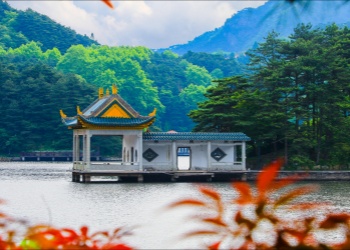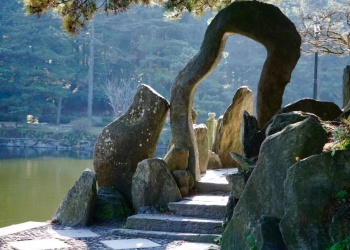Mount Lushan Scenic Area, located in Jiujiang City, Jiangxi Province, China, is a famous mountain with a long history and beautiful natural scenery. It faces the Yangtze River to the north, connects to Poyang Lake to the east, relies on Tengwang Pavilion in Nanchang to the south, and is adjacent to the Beijing-Kowloon Railway to the west, enjoying a superior geographical position. Renowned for its grandeur, uniqueness, steepness, and elegance, Mount Lushan is hailed as a “sacred mountain of humanities” and is known as “the most beautiful and unique scenery of Lushan dominates the world”. It is a famous tourist attraction and summer resort in China.
Mount Lushan, shaped like an ellipse, is a typical fault-block mountain. It is approximately 25 kilometers long and 10 kilometers wide, with its main peak, Hanyang Peak, reaching an elevation of 1,474 meters. The natural landscapes of Mount Lushan are breathtaking. Waterfalls are a highlight of the mountain, among which the Sandie Spring Falls, with a drop of 155 meters, is renowned as "without visiting Sandie Spring Falls, one cannot claim to have been to Mount Lushan." Throughout history, Mount Lushan has been a desirable destination for scholars, poets, eminent monks, and Taoist priests. They have left behind a vast amount of precious cultural heritage here, including poems, inscriptions on cliffs, and ancient architectural structures. Mount Lushan is also one of the birthplaces of Chinese landscape poetry, where numerous renowned poets such as Tao Yuanming, Li Bai, and Bai Juyi have composed immortal verses. Additionally, the religious culture of Mount Lushan is rich and diverse, with temples and Taoist monasteries scattered throughout the mountain, adding a touch of mystery and solemnity to its allure.
Main Attractions in Lu Mountain
Lushan Huajing Park
Lushan Huajing Park is located 2 kilometers southwest of Guling Street in the southwestern part of Lushan Mountain, adjacent to the Ruqin Lake. With an area of about 400 mu, it is one of the famous scenic spots in Lushan. The park got its name from the Tang Dynasty poet Bai Juyi. In 816 AD, when Bai Juyi was demoted to be the Sima of Jiangzhou (Jiujiang), he visited Lushan and wrote the famous poem "Peonies at Dalinsi Temple". Because he felt a different kind of spring scenery here, later generations named this place "Bai Sima Huajing" and built the "Jingbai Pavilion" to commemorate him. There is also a horizontal stone inscribed with the words "Huajing" in the park, which is said to be written by Bai Juyi himself. In addition, there is a 2-kilometer-long trail in the park, winding through the flowers, allowing tourists to appreciate various flowers up close and feel the charm of nature.
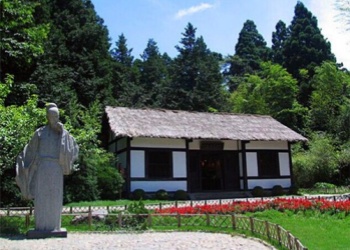
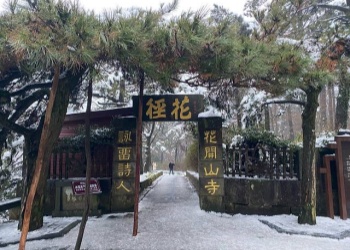
Dragon Head Cliff
The name of the Dragon's Head Cliff comes from its unique shape. Viewed from a distance, it looks like a dragon raising its head towards the sky. A pine tree stands at the top of the cliff, with its leaves spreading out on both sides, resembling the dragon's eyes, making a vivid image. There is also a legend about the Dragon's Head Cliff. It is said that long ago, there was a novice monk in Tianchi Temple who fell in love with a village girl, but they could not be together due to various reasons. One day, when a dense fog enveloped the area, they mistakenly believed that the holy Buddha was riding a cloud of auspicious vapors to take them to the Blissful Realm, so they jumped off the cliff here. The cliff of the Dragon's Head Cliff is so deep that it cannot be seen from the bottom, hanging alone in the air, giving people a sense of awe and shock.
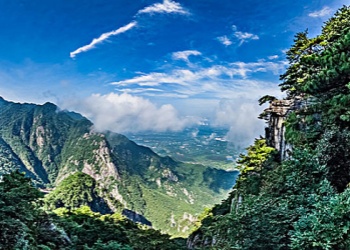
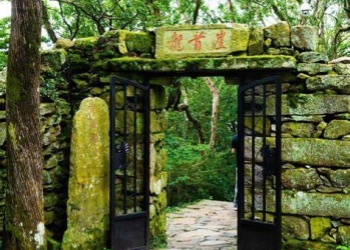
Sandie Waterfull
Lushan Sandie Waterfull is known as the “First Wonder of Lushan Mountain”. As a national AAAAA-level tourist attraction and national forest park, its magnificent scenery has attracted countless tourists to come and admire it. The Sandie Waterfull is formed by the confluence of streams from Dayue Mountain and Wulao Peak. The waterfall is divided into three tiers, each with its unique characteristics. With a total drop of 155 meters, the waterfall’s water flows through the fall of three large round stones, creating an extremely spectacular scene. Ancient people have praised the beauty of the Sandie Waterfull highly. Zhu Xi, a famous scholar of the Song Dynasty, also felt deeply regretful for not being able to visit the Sandie Waterfull personally, so he specially asked someone to paint a picture of “Sandie New Spring” to hang in his hall for constant appreciation.
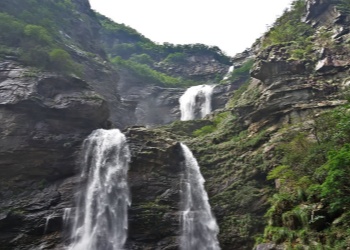
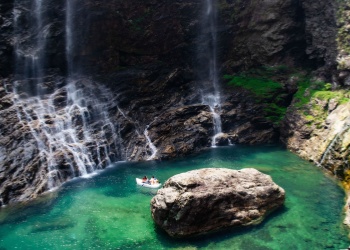
Mount Wulao
Mount Wulao is named so because its summit is divided by a saddle into five parallel peaks. Viewed from various angles, the mountain poses differently, resembling five elders seated on the ground. The scenic area boasts beautiful natural scenery and a profound cultural heritage, making it one of the significant attractions of Lushan Mountain. In historical tales, the five elders who studied and taught the scriptures were known as heavenly gods or deities, and their legends have added a layer of mystery to Mount Wulao. The Wulao Shrine is dedicated to these five gods. It was once a hidden place where the five elders concealed and taught the scriptures of He Tu and Luo Shu, studied divination, and propagated the teachings. It is the birthplace of the propagation of Yi Xue culture during its creation period and the cradle of Heluo culture. While visiting Mount Wulao, tourists can also sense these profound cultural connotations.
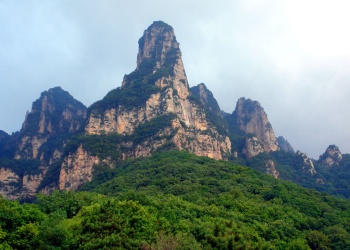
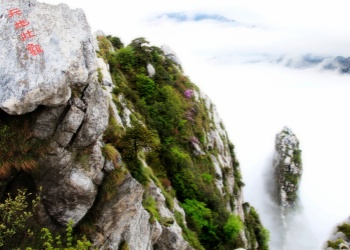
Ruqin Lake
Ruqin Lake is an artificial lake. It was built in 1961 with an area of approximately 110,000 square meters, exhibiting both grandeur and elegance. The name of Ruqin Lake originates from its unique shape, which resembles a charming violin, hence its name. Furthermore, the words "Ruqin" are inscribed on a stone by the lakeside by ancient people, adding further depth to the name of the lake. Ruqin Lake was formed by blocking the upper end of the valley with a dam using the deep depression of Xigu Valley, and it is integrated with Huajing, creating a graceful and elegant scenic spot. Inside the lake, there are curved bridges, pavilions, and an island named Kongque Island, which is connected by a curved bridge adorned with waterside pavilions, forming a beautiful scenery of green water and lush mountains reflecting each other. Standing on the island and looking around, one can appreciate the scenery and be reluctant to leave.
